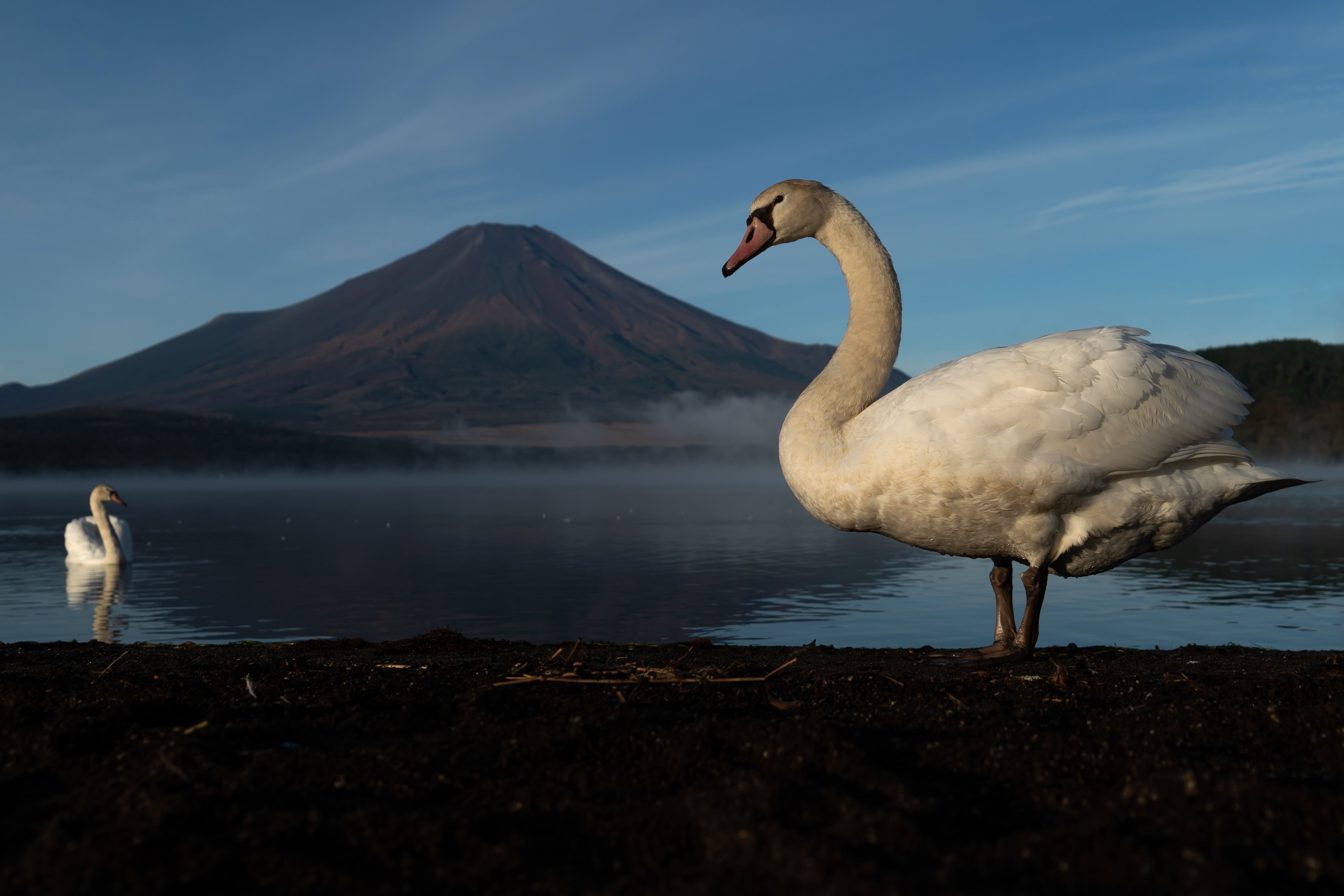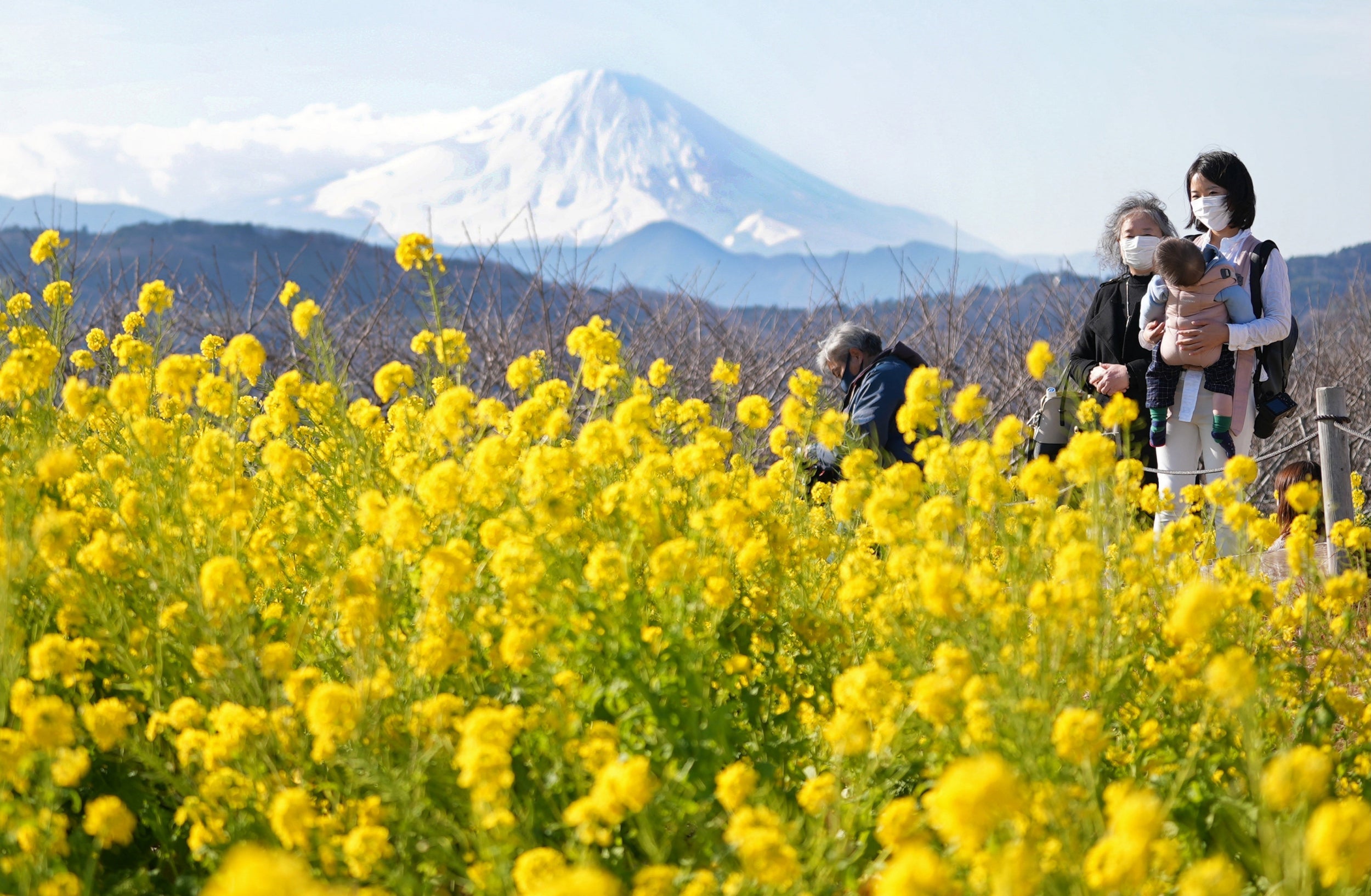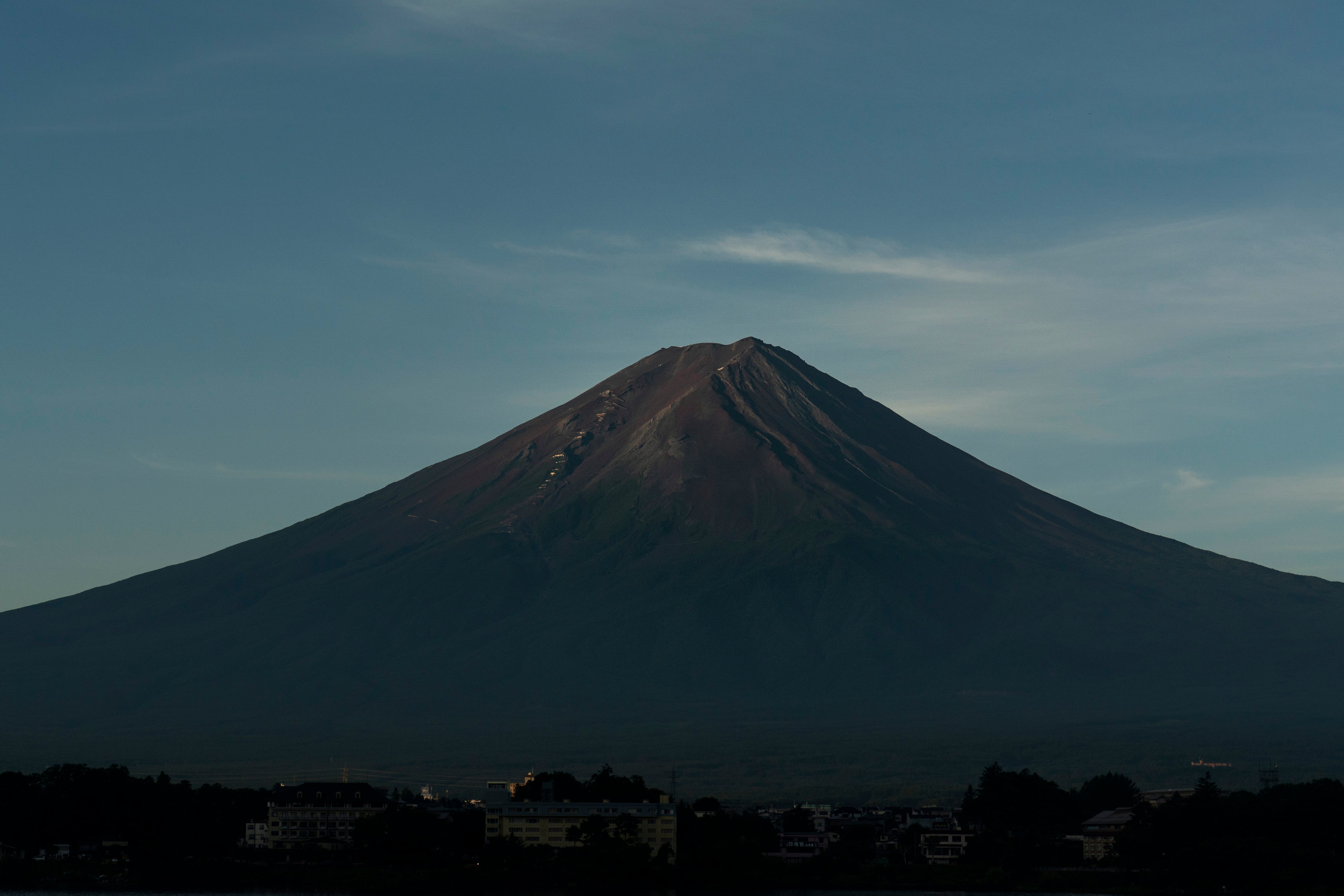Japan landmark is still without its iconic cap for the first time in 130 years
Japan had an unusually hot summer

Your support helps us to tell the story
From reproductive rights to climate change to Big Tech, The Independent is on the ground when the story is developing. Whether it's investigating the financials of Elon Musk's pro-Trump PAC or producing our latest documentary, 'The A Word', which shines a light on the American women fighting for reproductive rights, we know how important it is to parse out the facts from the messaging.
At such a critical moment in US history, we need reporters on the ground. Your donation allows us to keep sending journalists to speak to both sides of the story.
The Independent is trusted by Americans across the entire political spectrum. And unlike many other quality news outlets, we choose not to lock Americans out of our reporting and analysis with paywalls. We believe quality journalism should be available to everyone, paid for by those who can afford it.
Your support makes all the difference.The iconic Mount Fuji is still snowless in November for the first time in 130 years, presumably because of the unusually warm temperatures in the past few weeks.
The lack of snow on Mt. Fuji, a UNESCO World Heritage site, as of Tuesday breaks the previous record set on Oct. 26, 2016, meteorological officials said.
It is known for its snowcap forming around this time of the year.
Usually, the 3,776-meter- (nearly 12,300-foot-) high mountain has sprinkles of snow falling on its summit starting Oct. 2, about a month after the summertime hiking season there ends. Last year, snow fell on the mountain on Oct. 5, according to the Japan Meteorological Agency, or JMA.
The snowless Mt. Fuji has captured attention on social media. People posted photos showing the bare mountain, some expressing surprise and others concerned over climate change.

The JMA's Kofu Local Meteorological Office, which keeps weather data in central Japan and was the agency that announced the first snowfall on Mt. Fuji in 1894, has cited October's surprisingly summery weather as the reason.
The average October temperature is minus 2 Celsius (28.4 Fahrenheit) at the summit, but this year, it was 1.6 Celsius, (34.9 F), a record high since 1932.
Japan this year also had an unusually hot summer and warm autumn.

A symbol of Japan, the mountain called “Fujisan” used to be a place of pilgrimage. The mountain with its snowy top and near symmetrical slopes have been the subject of numerous forms of art, including Japanese ukiyoe artist Katsushika Hokusai's Thirty-six Views of Mount Fuji.
Today, it attracts hikers who climb to the summit to see the sunrise.
Earlier this year Japan hiked the entry fees and restricted the number of visitors to tackle overcrowding.
The iconic mountain, Japan’s highest, has attracted record numbers of tourists in recent years, leading to complaints about overcrowding, pollution and unruly behaviour.
The number of climbers recovered to the pre-pandemic level last year, with about 300,000 going up, the environment ministry said.
This season, no more than 4,000 visitors will be allowed to climb the mountain each day and each will be charged a fee of 2,000 yen (£9.8), nearly twice the rate last year.